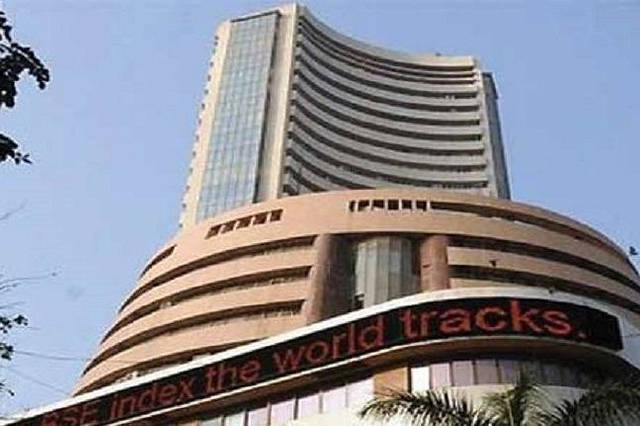
Here Are The Reasons Why A Market Rally Is Sustainable Despite A Sombre Economy
There is a disconnect in the markets at the moment and while we may state that markets are generally forward looking, there are legitimate concerns.
Earlier this week, I came across an interesting article by vanon whether we need capital markets. The article was an old one but it raised important points, more so given the present situation whereby stock markets are roaring even as real economic activity has remained subdued.
One of the key questions that have been posed to me over the last couple of months is regarding the disconnect between the stock markets and real economy. This question has been a repeated feature as often many bankers, analysts, economists and even market participants have raised questions whether the present rally is sustainable or not.
Needless to say, that Rakesh Jhunjunwala believes that the rally is sustainable – and I too believe that it is sustainable for various reasons. For starters, earnings will pick up post Covid-19 for most firms, and as economic activity picks up we will see significant value addition happening in various sectors of the economy.
Some firms may go bust as inequitable access to credit and differential impact of the pandemic etc may result in some bankruptcies. However, this process too will lead to consolidation in sectors. Thus, those that make it to the other side will certainly be sound companies that will benefit from the new economic and regulatory regime that is being ushered in India.
But there is a disconnect in the markets at the moment and while we may state that markets are generally forward looking, but there are legitimate concerns – more so for global markets than India.
One of the key functions of markets is to efficiently allocate capital. Markets essentially help perform the function of allocating capital and they do so without a financial intermediary.
There are concerns regarding the ability of the markets to allocate capital efficiently given the extent of imperfections that have occurred over the course of last few decades.
Dr Anantha Nageswaran holds central bankers responsible for these frictions as they have pushed rates too low in advanced economies thereby resulting in liquidity-based rallies in most stock indices.
The concern for Indian markets is not with regard to domestic economy, and our economic recovery. The domestic situation continues to remain strong and thus, the risks on our financial sector front are more on the external side.
It is important to ask whether most companies listed on the US can give the kind of growth in their earnings that investors may desire given their prices?
Or is it the case that investors may be okay with relatively modest returns on their investments as the risk-free rate (US 10-year bond yields) is lower?
Is the concept of dividends disconnected with investor behaviour and pricing of stocks of companies? These are some of the questions that remain unanswered, and it poses a challenge for policymakers across the world as they prevent a financial crisis.
Any change in investor behaviour, perception about the future or even the risk-appetite could induce a volatile period for global capital markets and such volatility does not auger well for emerging markets, including India.
This volatility may not be limited to just stock markets, but it may spill over to currency markets – as they did in 2013. Luckily, India has substantial reserves and little to worry on that front.
The big takeaway is that financial markets are increasingly becoming more volatile, and this volatility undermines their ability to provide capital by allocating them efficiently. This could result in a permanent shift in the attitude of some firms towards capital markets as they seek stability in terms of their valuations.
To what extent is this engineered by the action of policymakers is something that has to be adequately and empirically examined.
However, there is a strong argument for making financial stability an integral part of monetary policy frameworks given the evidence that mere inflation targeting is not sufficient to achieve the same.
Now would be a time to embrace the limitations of the conventional monetary wisdom and recognise the limitations of a very narrow objective function for our monetary policymakers.
Failing to do so now will only imply that we wait for the next crisis to revisit some of these issues – but then again, why not discuss this today rather than wait for the next crisis in the first place?